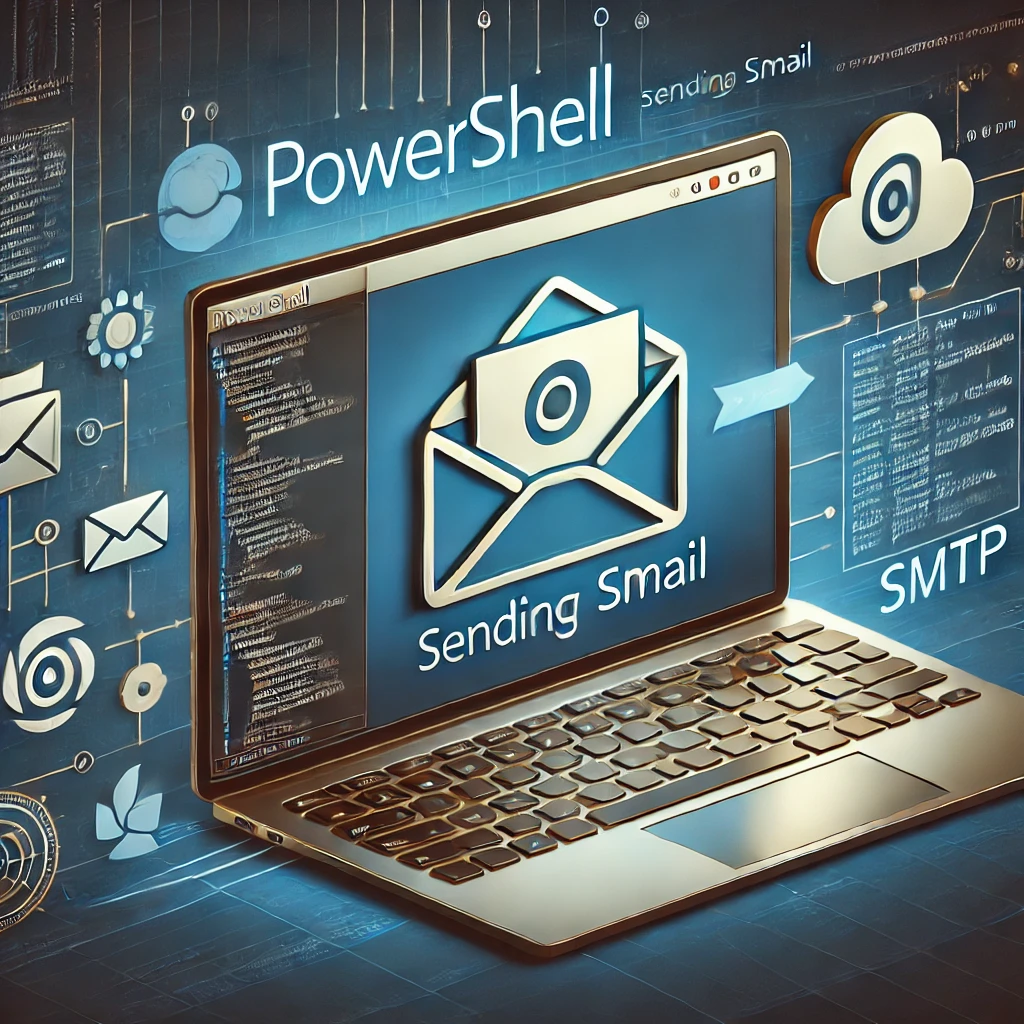PowerShell Send SMTP Email: Automate Emails Like a Pro
Disclosure: This post contains affiliate links. As an Amazon Associate, I earn from qualifying purchases—at no extra cost to you.
Automating email notifications can save hours of repetitive work—especially for sysadmins and IT pros. Whether you’re alerting a team of a failed backup or sending out daily reports, PowerShell combined with SMTP makes sending emails from the command line surprisingly efficient. Once set up, your scripts can fire off updates, logs, or alerts faster than you can say “Exchange server outage.”
Let’s walk through how to use PowerShell to send emails using SMTP, explore common use cases, and make your scripts cleaner, smarter, and more secure.
Why Use PowerShell to Send Email?
PowerShell is built for automation. By integrating SMTP email into your scripts, you can automatically send system alerts, backup reports, or log files without ever opening Outlook or logging into a webmail client. It’s especially useful in environments where you’re managing servers headlessly or running scheduled tasks.
It’s lightweight, efficient, and completely scriptable—ideal for cloud engineers, DevOps teams, and anyone who wants to improve their scripting skills.
Basic PowerShell SMTP Script
To send an email via SMTP in PowerShell, you’ll use the Send-MailMessage cmdlet. Here’s a basic example:
powershellCopyEditSend-MailMessage `
-From "admin@yourdomain.com" `
-To "user@example.com" `
-Subject "Test Email from PowerShell" `
-Body "This is a test message sent using PowerShell and SMTP." `
-SmtpServer "smtp.yourprovider.com"
This simple setup works for unauthenticated SMTP servers or local relays, but you’ll need a few more parameters if you’re using secure authentication.
Sending Email with Authentication and SSL
If your SMTP provider (like Gmail, SMTP2GO, or Office365) requires authentication, here’s what that looks like:
powershellCopyEdit$User = "admin@yourdomain.com"
$PWord = ConvertTo-SecureString -String "yourpassword" -AsPlainText -Force
$Cred = New-Object -TypeName System.Management.Automation.PSCredential -ArgumentList $User, $PWord
Send-MailMessage `
-From $User `
-To "user@example.com" `
-Subject "Secure Email Test" `
-Body "Sent via PowerShell with SMTP authentication." `
-SmtpServer "smtp.yourprovider.com" `
-Credential $Cred `
-UseSsl `
-Port 587
This ensures your credentials and message are encrypted during transmission—critical for production environments.
Common Use Cases
PowerShell and SMTP shine in automation-heavy scenarios. Here are a few ways pros use this combo every day:
- Daily backup completion notifications
- System uptime or performance alerts
- Log summaries sent to team inboxes
- Error or exception alerts from other scripts
- Automated license expiration reminders
It’s fast, consistent, and integrates into nearly every workflow imaginable.
Best Practices
- Use secure credential storage: Avoid plain text passwords in scripts. Use secure vaults or Windows Credential Manager.
- Use parameters and functions: Turn your email script into a reusable function.
- Log success/failure: Always capture and log if an email fails to send—especially if it’s for alerts.
- Rate-limit your sends: SMTP providers often throttle excessive requests.
Conclusion
PowerShell’s ability to send emails via SMTP is one of those underrated gems that can transform how you monitor and automate your systems. Whether you’re a beginner looking to add notifications to a script, or a veteran admin building enterprise-grade monitoring tools, Send-MailMessage is a core utility worth mastering.
While PowerShell 7 has deprecated Send-MailMessage, there are newer community modules like Mailozaurr and Send-MailKitMessage that extend functionality even further.
The takeaway? Mastering email automation with PowerShell doesn’t just save time—it future-proofs your workflows.







